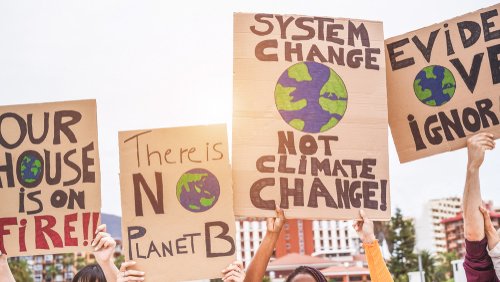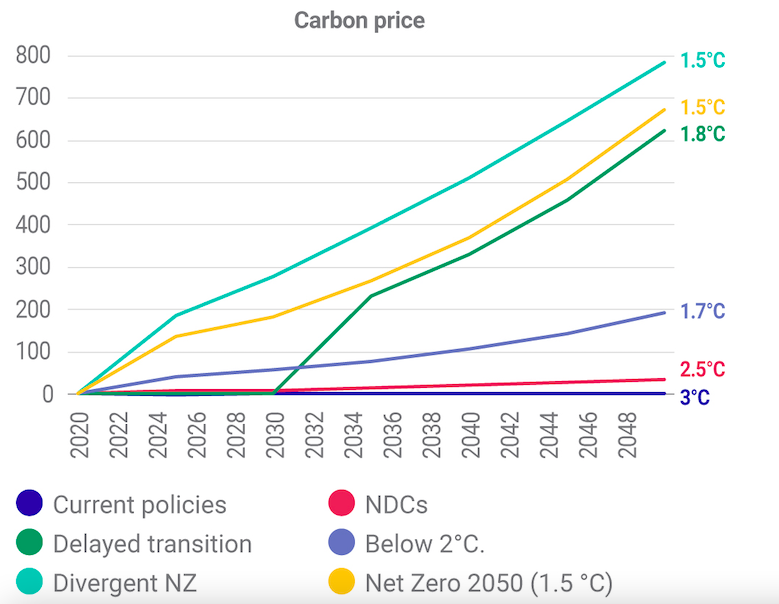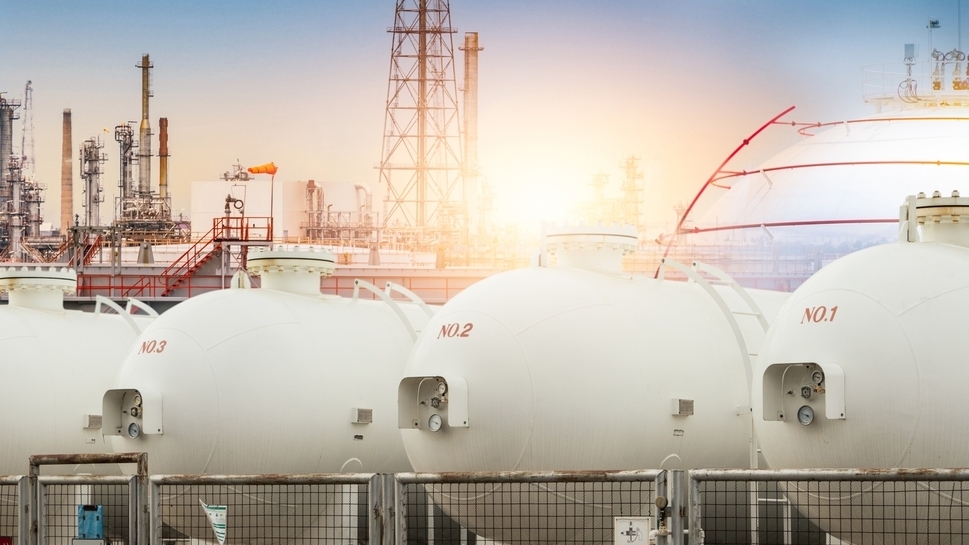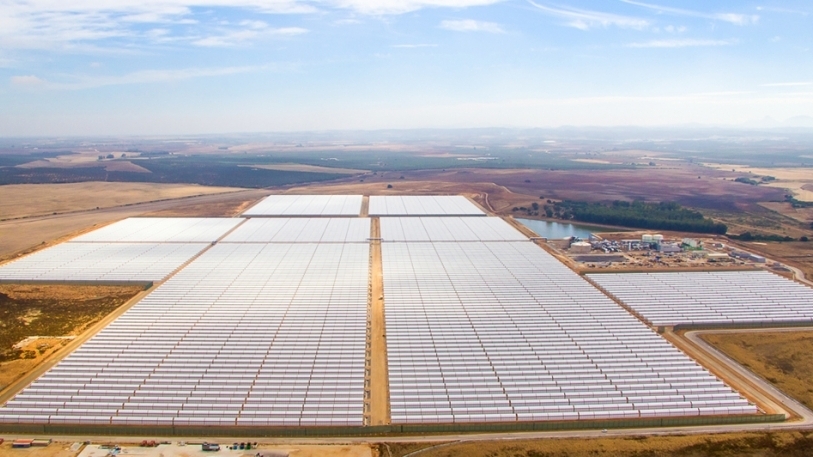
Net zero policies and transition risks: ‘asset owners should prepare for twenty volatile years’
Whether the green transition happens by design or by disaster, reading the policy runes is still a massive headache for asset owners
A transition to a sustainable economy requires policymakers to implement key green initiatives, such as transition pathways, carbon and nature taxes, and green incentives. The scale of policy backing for the net zero agenda could impact the level of transition risks investors might find themselves exposed to.
Hybrid policymaking consisting of a green growth core with degrowth add-ons - as already demonstrated by EU policymaking - is a likely outcome, according to experts interviewed for this article series.
But the basic question – when will the green transition really take off and under what circumstances – yields wildly different responses, depending on who is asked.
Lloyd McAllister, head of sustainable investment at Carmignac, said asset owners and managers should prepare for twenty volatile years.
“The next twenty years are going to be very different from the previous twenty for a variety of reasons,” he said. “Passing climate and nature tipping points will create profound physical and transition risks. We’re also likely to see more resource conflict, more health risks, and less trust in public institutions.”
In this challenging environment, asset owners need to be “flexible and adaptive”.
By design
The results of the European Central Bank’s (ECB) economy-wide climate stress test showed that the cost of an early transition to a carbon-neutral economy will be much lower than the cost of inaction.
“An orderly transition to a green economy is an opportunity for all of us, including firms and financial institutions, to benefit from clean and cheaper energy, technological innovations and new business,” the ECB writes.
An orderly transition would "reduce" long-term climate-related risks for the entire economy and financial system, as well as for the inflation outlook and the assets on the Eurosystem balance sheet, the central bank adds. As a result, it would contribute to price and financial stability.
These kinds of statements demonstrate a degree of institutional support for a timely, orderly transition. The reality is of course much more complicated, as policymakers attempt to navigate business-as-usual pressures, short-term energy demands, relentless lobbying, and inflation concerns.

Rudi Kurz, environmental economist, said the lack of a new positive narrative for the green transition is holding back popular support for a timely transition. Voters still want higher incomes, higher levels of consumption, and cheap air travel.
“All you have to do is elect the right politicians and they will solve environmental problems through green growth or other industrial policies and re-establish the good old world,” he said.
Such expectations may not help catalyse radical action.
While countries such as France has banned short-haul flights when train alternatives are available, some long-term policy trends continue to point in an unsustainable direction.
The UN’s 2023 Global Sustainable Development Report shows the world is nowhere nearing the sustainable development goals (SDG), even after eight years since the ambitious SDG agenda was agreed upon by the UN, and with seven years remaining until the 2030 deadline. A substantial financing gap has expanded significantly, estimated at $3.9 trillion annually.
“The analysis starkly illustrates a deteriorating trend across numerous Goals from 2020 to 2023,” said Hans Stegeman, chief economist at Triodos. “The pervasive polycrisis profoundly impacts sustainable development.”
What's noticeably absent in this report is a call for genuine, radical change, Stegeman continued.
By disaster
A sceptical position suggests that only disaster – the collapse of an ocean system or food crisis – will catalyse action.
Chris Iggo, CIO of AXA IM Core and AXA Investment Managers, said policy action could come from an “accumulation” of multiple disasters as opposed to any single extreme event. For example, the Ukraine war showed how vulnerable the UK is to energy supply shocks due to overreliance on global markets and should encourage the country to generate more renewables domestically.
The International Energy Agency claims that the Ukraine war, although responsible for more coal-powered energy in the short term, has helped catalyse the energy transition in the long term.
Geopolitics aside, Iggo argued that increasingly numerous extreme weather events, such as the wildfires that hit Rhodes this summer, are having an effect on the public consciousness.
Climate change-related crop failures could lead to a massive increase in food prices and force climate change onto the policy agenda.
A migrant crisis caused by unliveable conditions in sub-Saharan Africa would also underline the importance of action.
Iggo was certain that scientists and the more reasonable politicians and businesses already understand these risks. However, it also takes a shift of public attitudes to create the necessary mandate for change.
"I think it’ll be a mixture of a delayed and disorderly transition,” said McAllister. “While there’s still a lot of uncertainty around the timing and impact of tipping points, these could trigger a series of climate events that prompt swifter front-loaded legislation.”
No transition
There is also the possibility that the transition never takes off in a meaningful way. Hot house world scenarios assume that some climate policies are implemented in some jurisdictions, but global efforts are insufficient to halt significant global warming. Critical temperature thresholds are exceeded, leading to severe physical risks and irreversible impacts like sea-level rise.
Another implication of the failure to address climate change is a possible rise in carbon capture technologies. Unlike carbon prevention technologies, which stop CO2 from entering the atmosphere, carbon capture technologies attempt to capture and store the gas once it has been released.
“There is a huge effort right now to install a carbon capture industry,” said Kurz. “Direct air capturing technologies attempt to make fossil fuels clean, but they still require a lot of green energy. They also need additional infrastructure investment, such as a pipeline system, to transport the CO2. This is already starting in Denmark and Norway.”
An additional problem is that the storage has to be safe for at least 1000 years, which may be difficult to guarantee.




